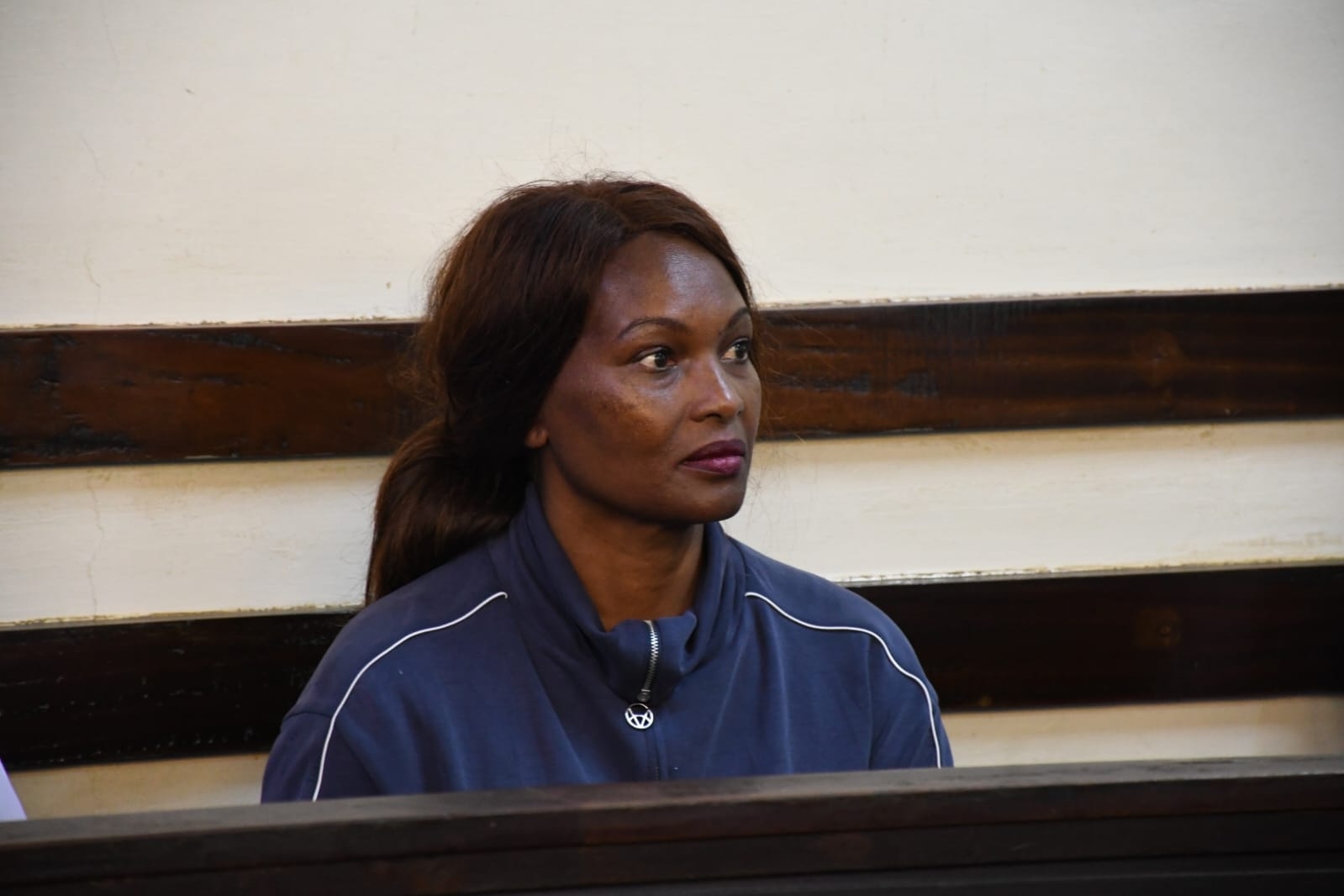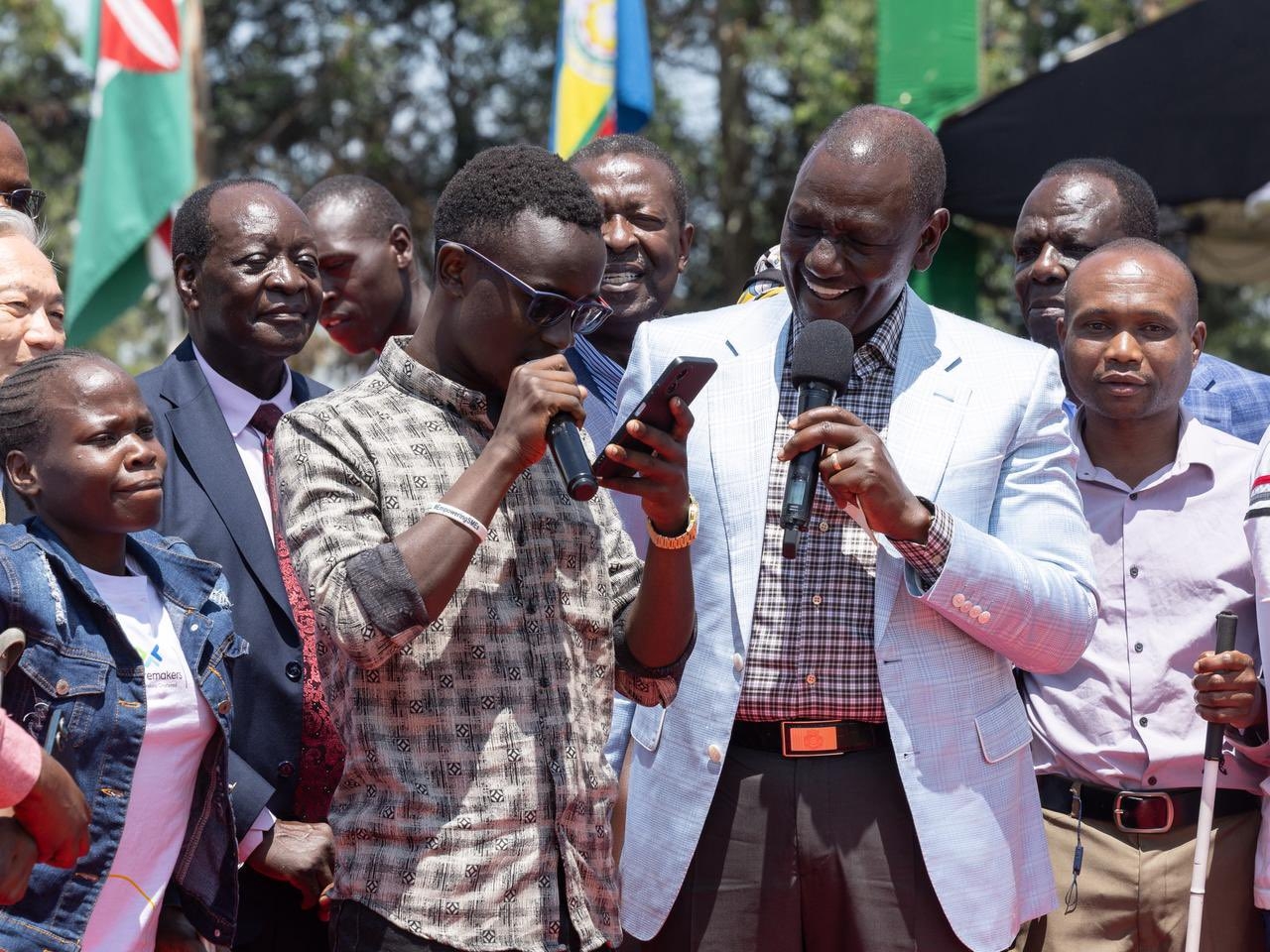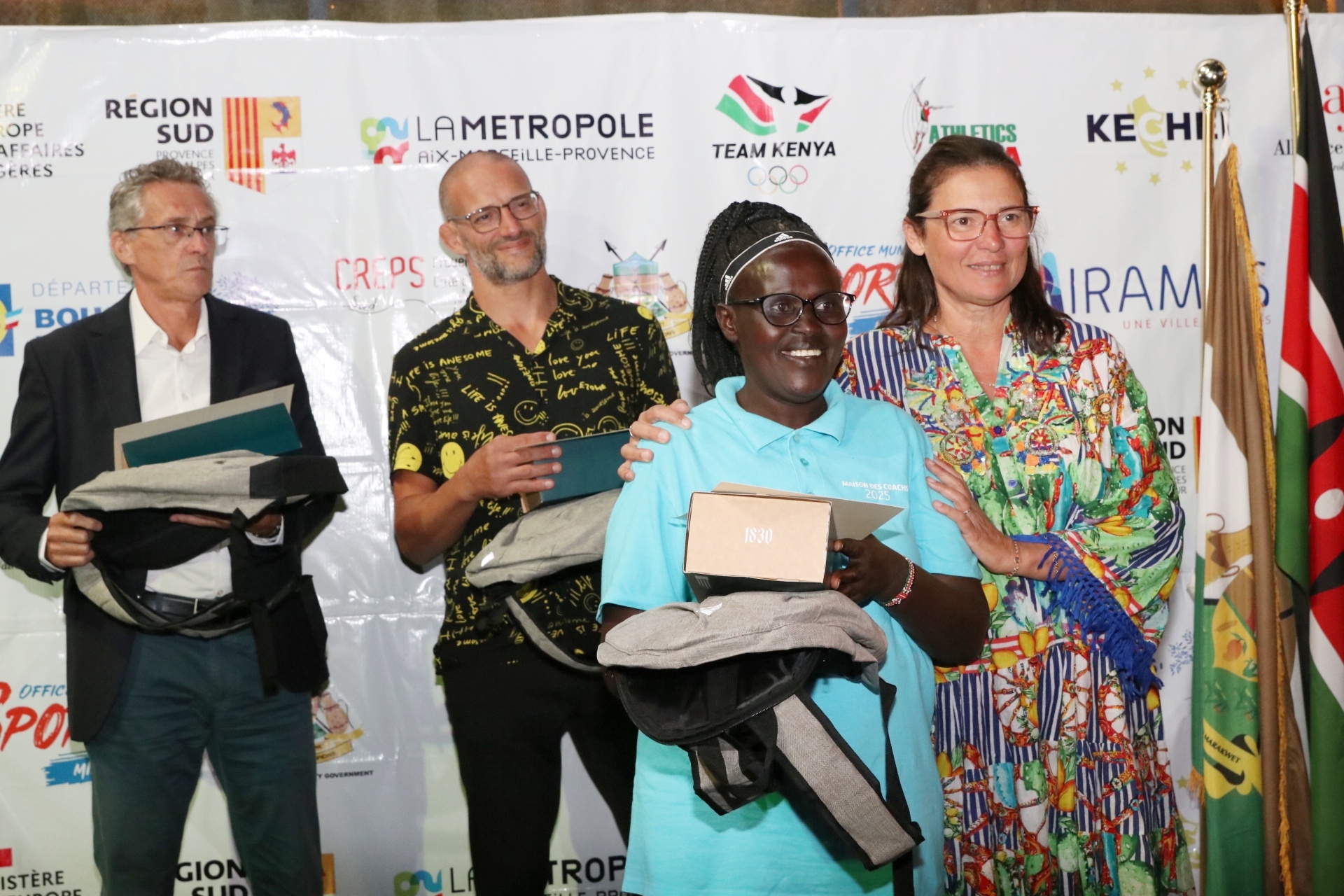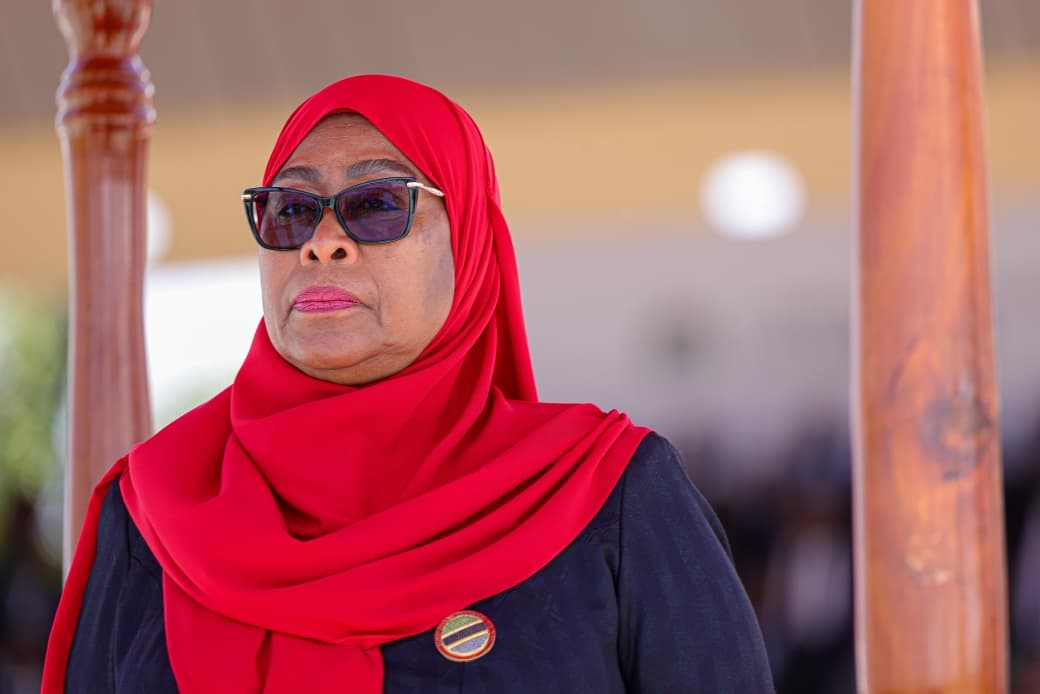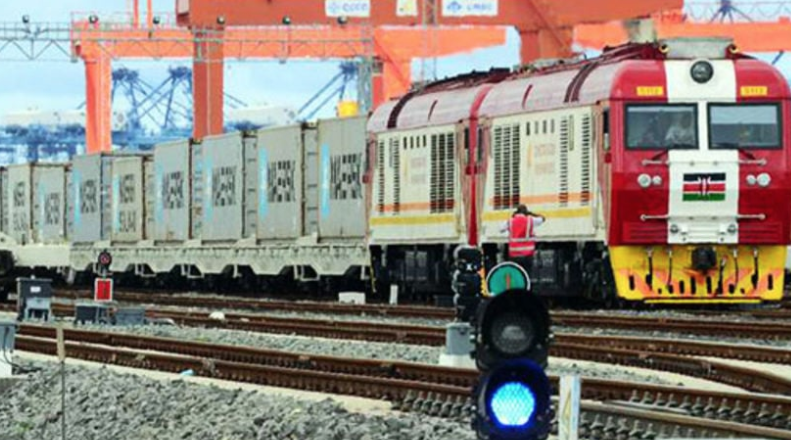
Kenya plans to utilise the railway levy charged on imported goods to boost funding for the extension of the Standard Gauge Railway (SGR) to Malaba, Roads and Transport CS Davis Chirchir has said.
This, even as it makes advances in consultations with development partners on other funding modules for the 475-kilometre line SGR phase 2B (Naivasha-Kisumu) and 2C (Kisumu-Malaba), set for construction at an estimated $5 billion (Sh645.8 billion).
The project involves compensation of individuals affected by the project which will run through Narok, Bomet, Nyamira, Kisumu and finally Busia county.
Feasibility and Environmental and Social Impact studies have so far been completed, with the Kenyan government committing to develope the project concurrently with Uganda, with South Sudan also being roped into the East Africa Rail Corridor.
Chirchir who on Friday chaired a ministerial meeting in Nairobi, attended by his Ugandan and South South Sudan counterparts, said Kenya is keen to kick-start the project as Uganda is already making progress.
“We do have a clear programme and we are consulting development partners on some of the financial closures that we need to finish to fund this infrastructure. The project is not cheap,” Chirchir said.
The Kenya Railway Development Levy (RDL) raises approximately Sh50 billion annually, a figure based on recent estimates of a two per cent levy on the value of imported goods.
For the 2023-24 financial year, the government collected about Sh31.7 billion under the old 1.5 per cent rate. The rate increased to two per cent effective December 27, 2024, and this higher rate is expected to significantly increase the total annual collection.
Chirchir has ruled out any plans to
further increase the levy, noting other financing models and partnerships will
be considered.
For instance, plans are in place to concession SGR freight operations and support neighbouring countries set up logistics hubs in Kenya.
It is keen on private sector partnerships in the development of supportive infrastructure and cargo handling facilities mainly around the Naivasha Inland Container Depot and economic zones along the line.
“We are securing railway development revenue of about Sh40 billion every year and so we have a good stream of development levy which is ring fenced to build the railway, but if you look at that funding from casual perspective, it is not enough to build the railway in two or three years,” Chirchir said.
Extension of the rail to Malaba and into the hinterland is expected to boost trade along the Northern Corridor, which runs from the Port of Mombasa into Uganda, South Sudan, DR Congo, Burundi and Rwanda.
The neighbouring countries are expected to put up Special Economic Zones (SEZs) and logistic hubs including warehouses for handling their respective cargoes.
CS Chirchir noted that with the continued rise in carego volumes at the Port of Mombasa, proper infrastructure is needed to ensure seamless movement.
Last month, SGR freight achieved its highest-ever monthly cargo haul since the service began operations in 2017, recorded at 640,000 metric tonnes.
To put it in perspective, that haul is roughly equivalent to taking 23,000 trucks off Kenya’s highways, significantly easing road congestion and highlighting the railway’s growing role in freight transport.
Chirchir said moving cargo via rail has continued to help reduce pressure on roads, road accidents and carbon footprint.
Each country is expected to deliver its rail infrastructure for connection at borders.
During the Nairobi meeting, officials from Uganda and South Sudan said the infrastructure will not only make the region competitive but also lower the cost of doing business.
Principal Secretary, State Department for Transport, Mohamed Daghar, and the Kenya Railways Managing Director Philip Mainga attended the meeting.
Kenya Railways has been actively increasing its wagon capacity. In the 2024-2025 financial year, it procured 500 new wagons, including 300 for the SGR and 200 for the Metre Gauge Railway.
Each SGR freight train has an average capacity of 4,000 tonnes and can carry 108 TEUs (containers), but there has been delays when cargo volumes go up at the Port of Mombasa.




